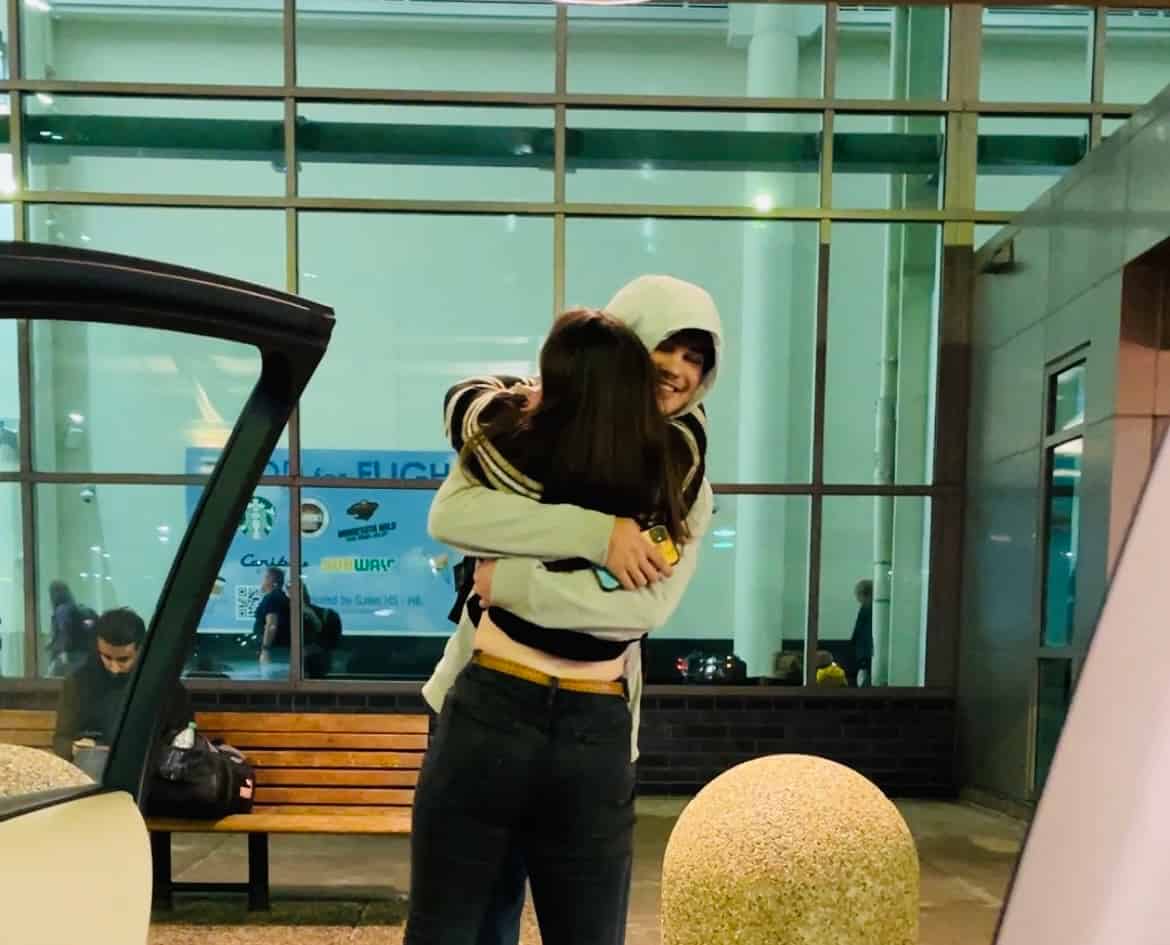
I’m six months pregnant with my first child in the fall of 2001. I’m wearing a yellow shirt against the advice of a Color Me Beautiful seminar in an attempt to find sunshine and hope. I have hyperemesis gravidarum and complications that keep me on my knees in front of the toilet and on bed rest restrictions most of my pregnancy. It feels like I need that yellow maternity shirt.
I remember that sunny yellow shirt two decades later.
I also remember that day: September 11th.
I’m sitting in my rocking chair drinking some version of an anti-nausea tea that won’t stop the nausea anymore than any other thing I’ve tried. The morning news is on as a distraction. I listen to the chirpy anchor talk about the weather and the traffic and other nonsensical daily things. It’s a cloudy day, slightly chilly for mid-September. For some reason, my husband is working from home. My birthday is in three days. My son’s birthday is supposed to be in three months. Those details stand in my mind as much as the yellow shirt.
And then, things on the morning news suddenly change.
Breaking news. News that will break us all.
The first tower is hit. I call my husband into the room. We huddle and think it has to be an accident. He goes back to whatever he was doing as I sit clutching my yellow-clad belly.
The second tower is hit. The Pentagon is attacked. Another plane drops into a field.
He sits by me.
I wear that yellow shirt for days—sitting, watching, gasping, hoping.
I speak to my belly and beg my son to not be born today, that day. Stay inside a little longer, months longer. I tell him. Avoid the chaos and sadness and scariness. I think of the babies that lost a parent that day. I think of the spouses who lost a spouse, parents who lost a child. I think of mothers that are due that day and giving birth or also watching and wondering what world they are bringing a child into. I pray for them all.
It’s not the first time I’ve seen a terrorist attack. I went past the Murrah Building days after the Oklahoma City bombing. That attack was gut-wrenching too. Many children died. The 9/11 attack reminds me of that too because I’m almost a parent. I check on friends in New York that work or live near the towers. I check on a friend that works at the Pentagon. They are safe. There is no sunshine at the towers, only clouds of dust and buildings and debris. I feel safe thousands of miles away in my yellow shirt.
I eventually leave my chair but don’t leave 9/11 behind. My son is born in December, 2001 in a chaotic way on a cloudy day. We spend a week in the hospital. It’s soon enough after 9/11 that the news stories still focus and replay the day. I change the channel and watch cartoons and soap operas.
My son has jaundice and is bathed in a yellow light. It’s close to Christmas and I’m looking for hope, again. It crosses my postpartum mind the yellow light is like the Christmas star. We go home after a week in the hospital, the day before Christmas. There are yellow holiday lights and yellow caution lights that flash our route home.
During a late-night nursing session, I read about the Baader-Meinhof phenomenon; the frequency illusion where you see certain things more. I expect to see babies everywhere because I have a baby. Instead, I see yellow. In fonts and signs and flowers and shirts. I see hope everywhere, little bits of yellow reminding me that I can be a mother. That my child is safe. That the towers falling isn’t a normal thing. That yellow frequency illusion helps me to heal—from 9/11, from a traumatic birth.
My daughter is born four years later. I wear the yellow maternity shirt often. I wear that hope around her. After she is born, I contemplate keeping the shirt as a tangible reminder. It even moves with us in a box marked “maternity clothes.” At some point, I give it away but keep the hope.
Twenty years have passed since 9/11. My son is almost 20. Away at college. Six feet tall. An adult. I send him care packages of yellow bags of Lay’s chips and banana Laffy Taffy.
I still don’t wear yellow shirts often because I can’t get past it not being my color. But I do find a way of adding the hopeful color to my wardrobe: I wear yellow shoes. I started buying and wearing yellow shoes for the first time that year: 2001. Yellow flats. Yellow tennis shoes for younger people. Too tall golden yellow heels that I can’t walk in. Yellow rain boots for cloudy days.
On 9/11, I’ll wear my yellow Vans tennis shoes. To mark my steps. To mark the day. To remind me to still hope. To that woman in the church basement seminar that assigned me dreary navy blue and gray: yellow is my color. Hope is my color too.

 PARENTING TIPS
PARENTING TIPS







 PREGNANCY
PREGNANCY





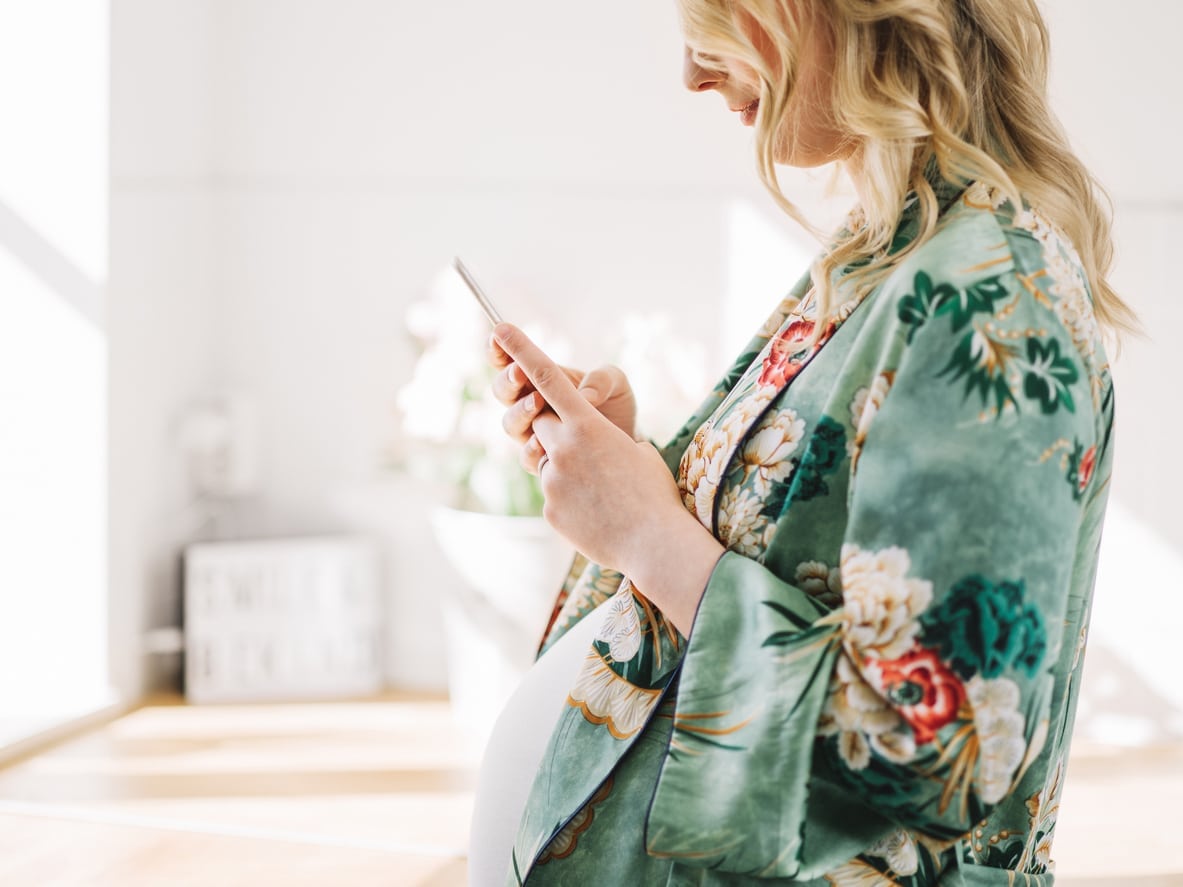
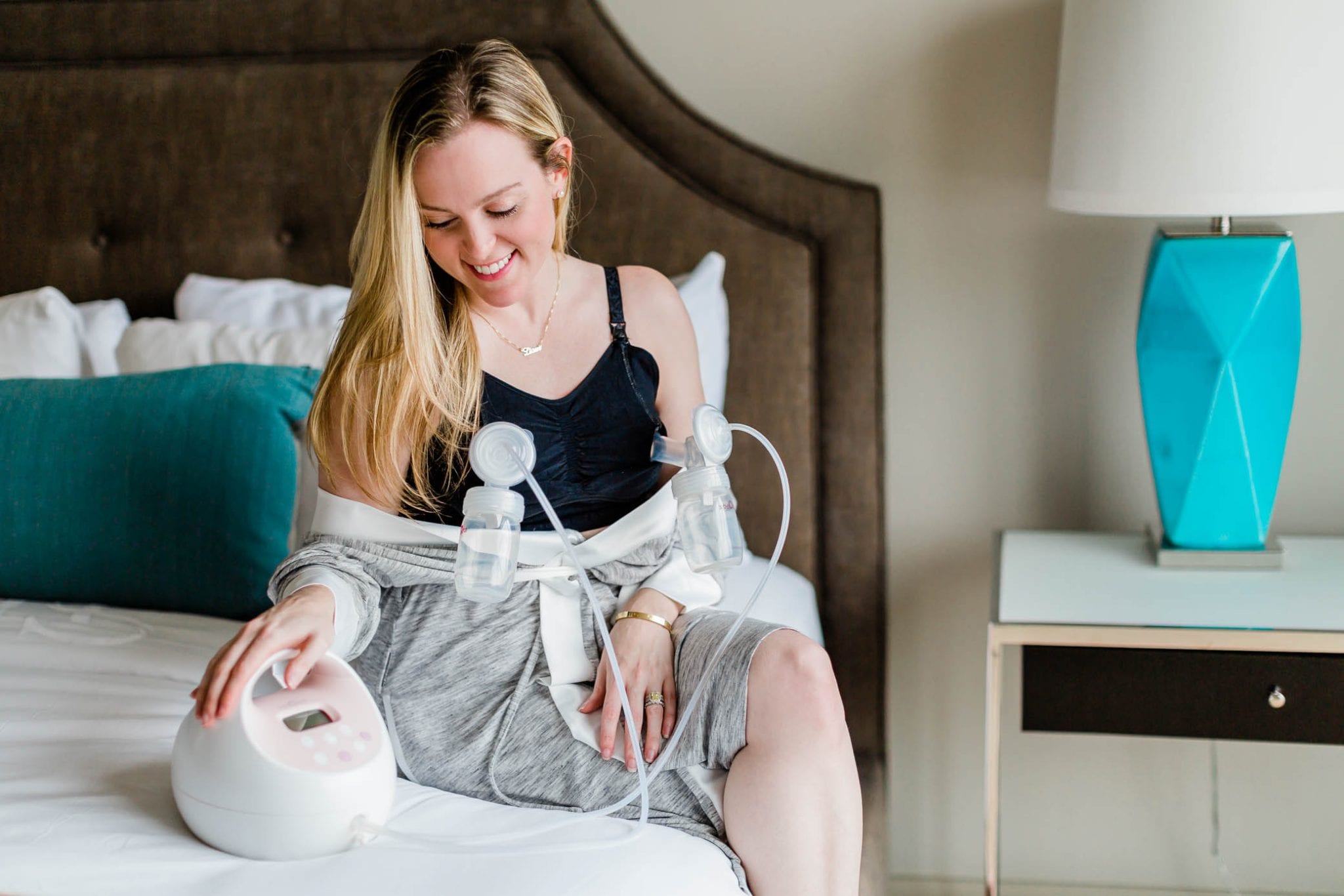

 BABY CARE
BABY CARE








 TODDLERS
TODDLERS








 TEENS
TEENS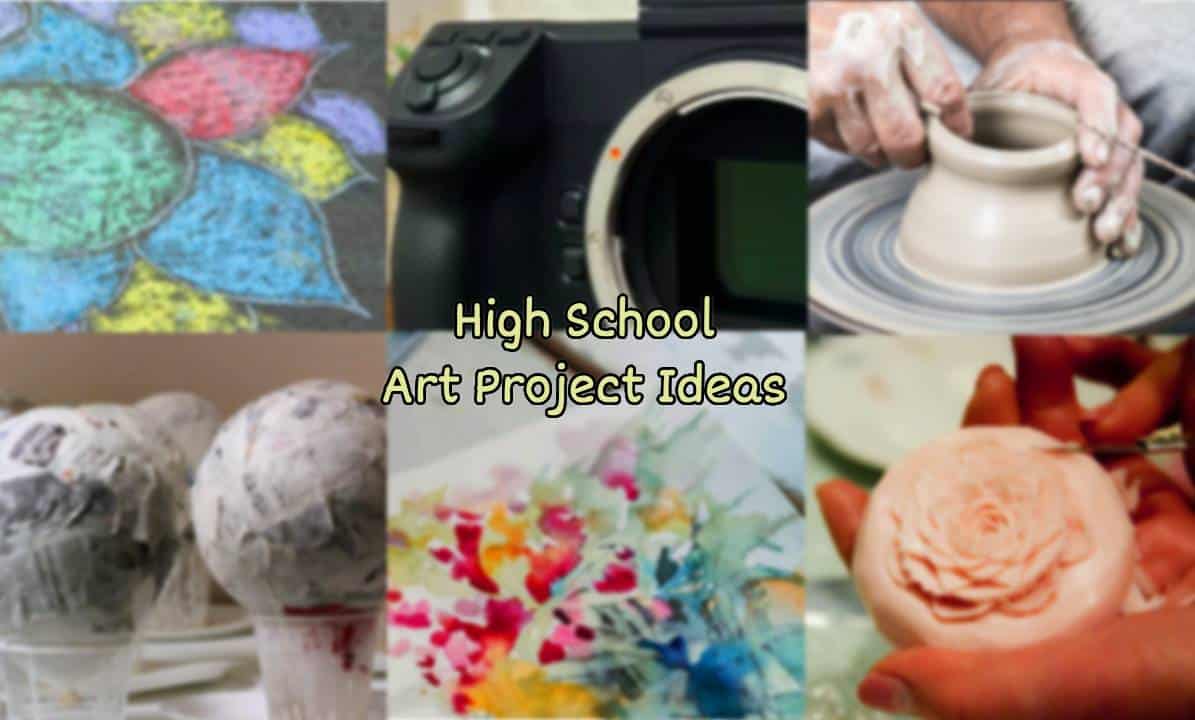

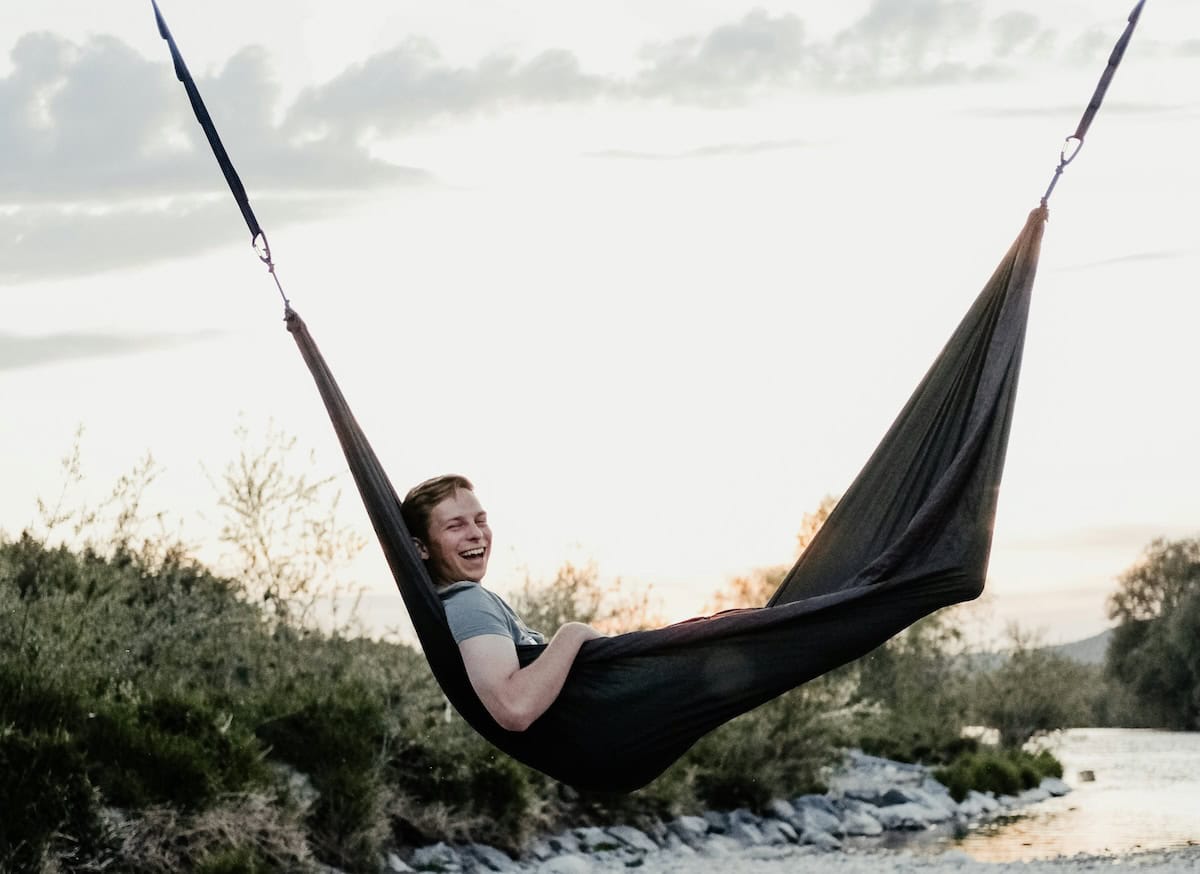
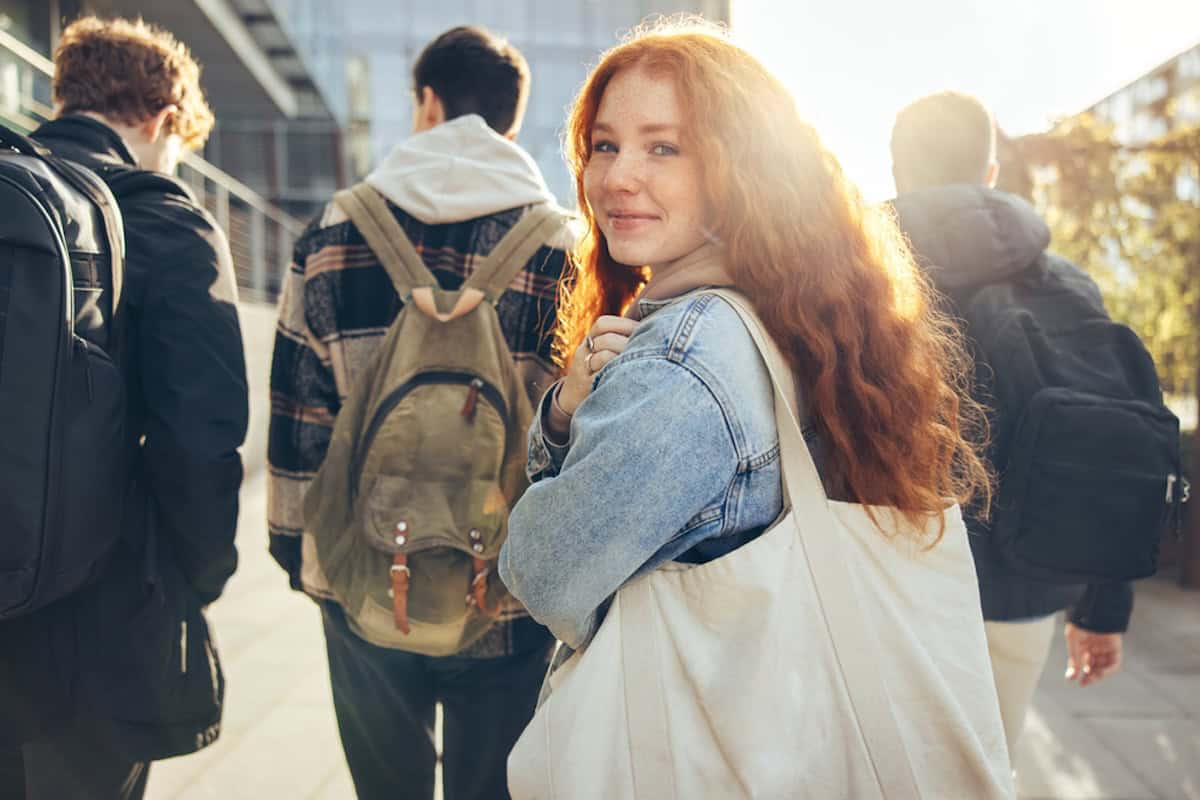

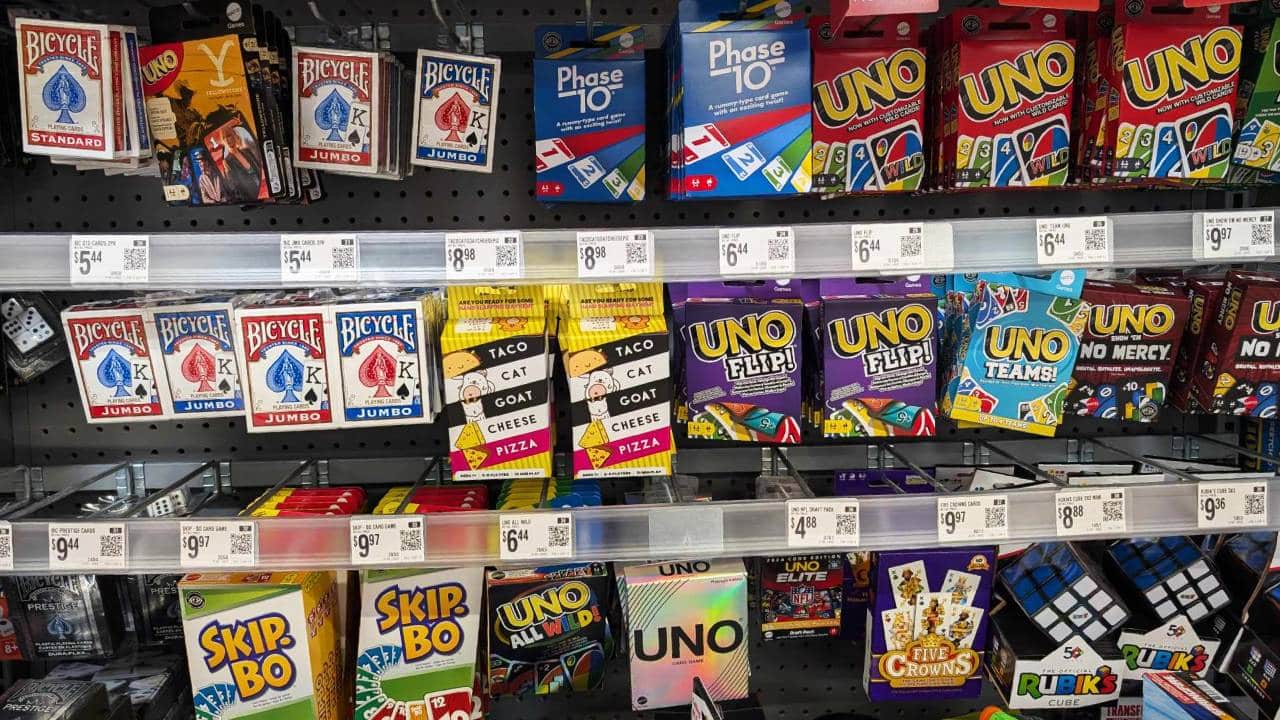



 HEALTH CARE
HEALTH CARE



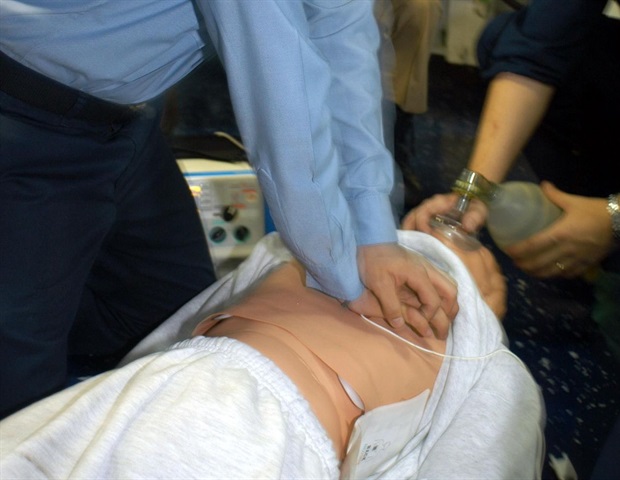

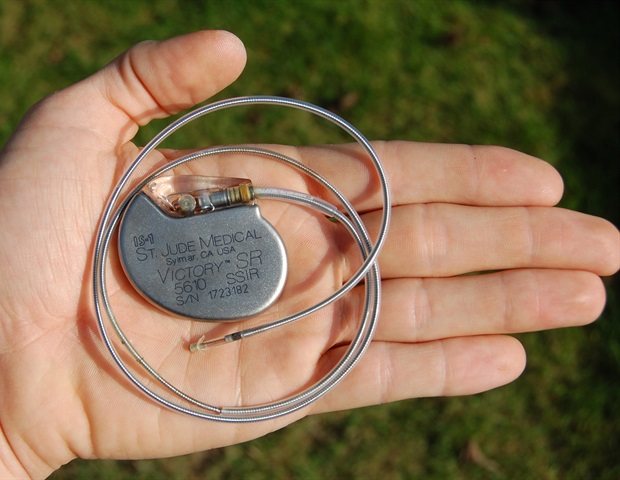

 ACTIVITIES & CRAFTS
ACTIVITIES & CRAFTS








 CONTACT
CONTACT ABOUT
ABOUT

